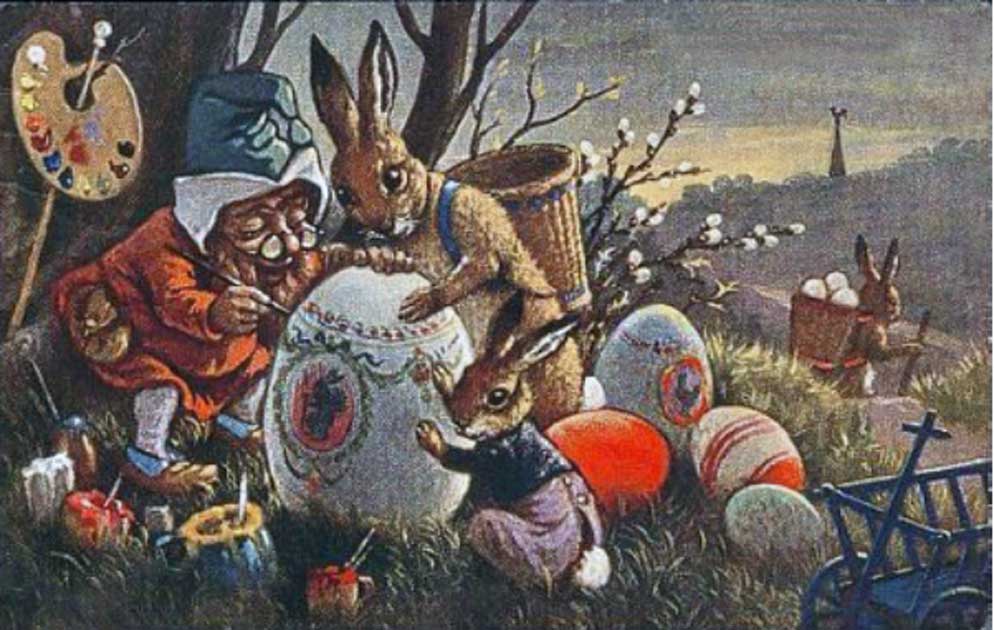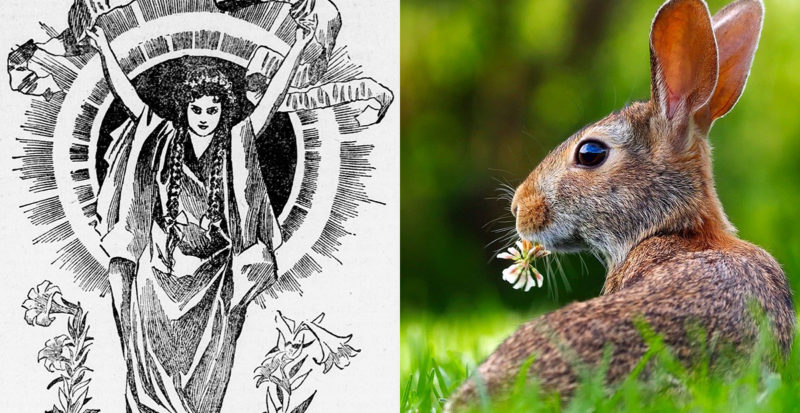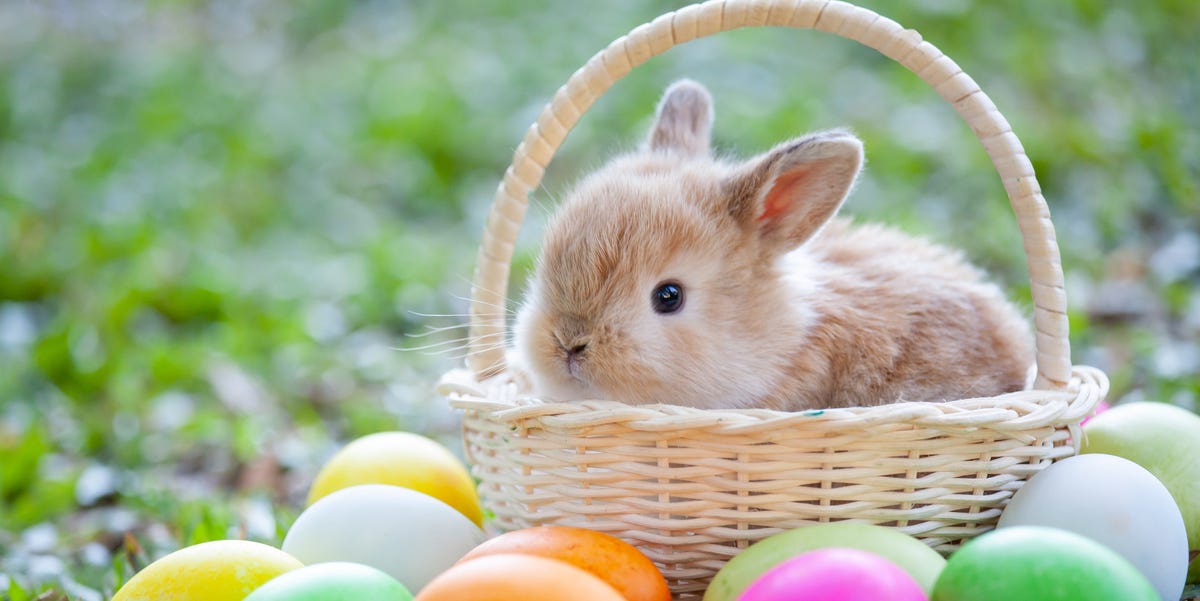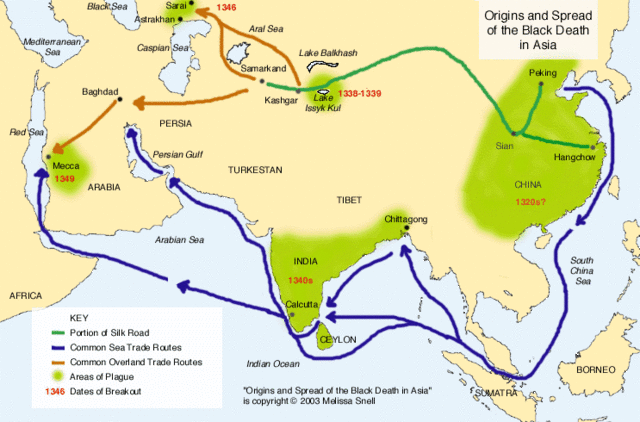Easter bunny origins guardian liberty voice
Table of Contents
Table of Contents
If you have ever wondered about the history and origins of the Easter Bunny, then you have come to the right place. The Easter Bunny is a beloved holiday icon that holds a special place in the hearts of many. But where did this tradition come from?
Pain Points Related to Origins of Easter Bunny
Many people may not realize the pagan origins of the Easter Bunny, or the fact that it is not mentioned in the Bible. Others may be unaware of the various legends and myths surrounding the Easter Bunny and how it came to be associated with Easter. With so much misinformation out there, it can be difficult to separate fact from fiction.
What is the Target of Origins of Easter Bunny?
The target of this article is to provide a comprehensive look at the origins and history of the Easter Bunny, including its pagan roots, its significance in Christian traditions, and its evolution over time. We will also explore the different cultural and religious influences that have shaped the image and symbolism of the Easter Bunny as we know it today.
Summary of Main Points Related to Origins of Easter Bunny
In summary, the Easter Bunny is a complex symbol that has evolved over time to incorporate elements of both pagan and Christian traditions. While it is not mentioned in the Bible, the Easter Bunny has become a beloved part of the Easter holiday for many people around the world. Its origins can be traced back to ancient fertility symbols and rituals, but it has since been adapted and reinvented to suit the needs and beliefs of different cultures and societies throughout history.
Origins of Easter Bunny: A Personal Experience
As a child, I always looked forward to Easter Sunday and the annual Easter egg hunt in my backyard. I loved the colorful eggs, the chocolate bunnies, and of course, the Easter Bunny himself. But as I got older, I began to wonder where this tradition came from and what it really meant.
After doing some research, I discovered that the Easter Bunny has its roots in pagan fertility symbols and rituals, which were later incorporated into Christian Easter celebrations. The hare was a symbol of fertility and rebirth in many ancient cultures, and eggs were seen as a potent symbol of new life and regeneration. Over time, these traditions were merged with Christian beliefs about the resurrection of Jesus to create the modern image of the Easter Bunny.
 The Cultural Significance of the Easter Bunny
The Cultural Significance of the Easter Bunny
Today, the Easter Bunny has become a beloved part of Easter celebrations around the world. In the United States, it is a major commercial holiday that generates billions of dollars in revenue each year. But the Easter Bunny also holds deep cultural and religious significance for many people.
For Christians, the Easter Bunny represents a reminder of the resurrection of Jesus and the power of new life and rebirth. Many people also see the Easter Bunny as a symbol of springtime, hope, and renewal. In other cultures, the Easter Bunny is associated with different traditions and beliefs, but its fundamental role as a symbol of fertility, rebirth, and new beginnings is universal.
 ### The Evolution of the Easter Bunny
### The Evolution of the Easter Bunny
Over time, the image and symbolism of the Easter Bunny has evolved to reflect the changing beliefs and traditions of different cultures. In some countries, the Easter Bunny is portrayed as a mischievous trickster who hides eggs for children to find. In others, it is a more serious and solemn figure that represents the Christian message of the resurrection.
The Easter Bunny has also been adapted to suit the needs of different societies and commercial interests. In some countries, it is seen as a cute and cuddly animal that appeals to children, while in others, it is a more sophisticated and adult-oriented symbol that is used for marketing and advertising.
The Future of the Easter Bunny
Despite its long and complex history, the Easter Bunny remains a beloved symbol of Easter and a powerful reminder of the values and traditions that are important to us all. As we move into the future, it is certain that the image and symbolism of the Easter Bunny will continue to evolve and adapt to suit the changing needs and beliefs of different cultures and societies. But one thing is for sure: the Easter Bunny will always hold a special place in our hearts and minds as a powerful symbol of new life, hope, and rebirth.
 Question and Answer
Question and Answer
Q: When did the Easter Bunny become associated with Easter?
A: The exact origins of the Easter Bunny are unclear, but it is thought to have its roots in pagan fertility symbols and rituals. In early Christian traditions, the egg was seen as a symbol of new life and the resurrection of Jesus, and the hare or rabbit was associated with fertility and rebirth. Over time, these traditions were merged together to create the modern image of the Easter Bunny.
Q: Why is the Easter Bunny associated with Easter?
A: The Easter Bunny is associated with Easter because it represents rebirth, regeneration, and new life. In many cultures, the hare or rabbit has long been associated with fertility and the renewal of nature in the springtime. This symbolism was later merged with Christian beliefs about the resurrection of Jesus to create a powerful symbol of the passion, death, and resurrection of Christ.
Q: Where did the Easter Bunny come from originally?
A: The Easter Bunny has its origins in ancient pagan fertility symbols and rituals, particularly those associated with the hare or rabbit as a symbol of fertility and regeneration. These traditions were later adapted and transformed to suit the needs of different societies and cultures, but the basic image and symbolism of the Easter Bunny has remained constant throughout history.
Q: How has the Easter Bunny changed over time?
A: The Easter Bunny has evolved and changed over time to reflect the different beliefs, traditions, and needs of different societies and cultures. In some countries, the Easter Bunny is seen as a fun and playful figure that hides eggs for children to find, while in others, it is a more solemn and serious symbol of Christian traditions and the resurrection of Jesus.
Conclusion of Origins of Easter Bunny
As we have seen, the Easter Bunny is a beloved symbol of Easter that has a long and complex history. Its origins can be traced back to ancient pagan fertility symbols and rituals, but it has since been adapted and transformed to suit the needs and beliefs of different cultures and societies throughout history. Whether we see the Easter Bunny as a symbol of hope, new life, or religious faith, it remains a powerful reminder of the values and traditions that are important to us all. Happy Easter!
Gallery
The Legend Of The Easter Bunny

Photo Credit by: bing.com /
Where Did The Easter Bunny Come From? - Easter Bunny Origins

Photo Credit by: bing.com / bunny easter origins where did
The Pagan Origins Of The Easter Bunny - Wackoid

Photo Credit by: bing.com / wackoid
Easter Bunny Origins – Guardian Liberty Voice

Photo Credit by: bing.com / easter origins bunny
Easter Bunny Origins - The Fascinating History Of The Easter Bunny

Photo Credit by: bing.com / torch eggs







